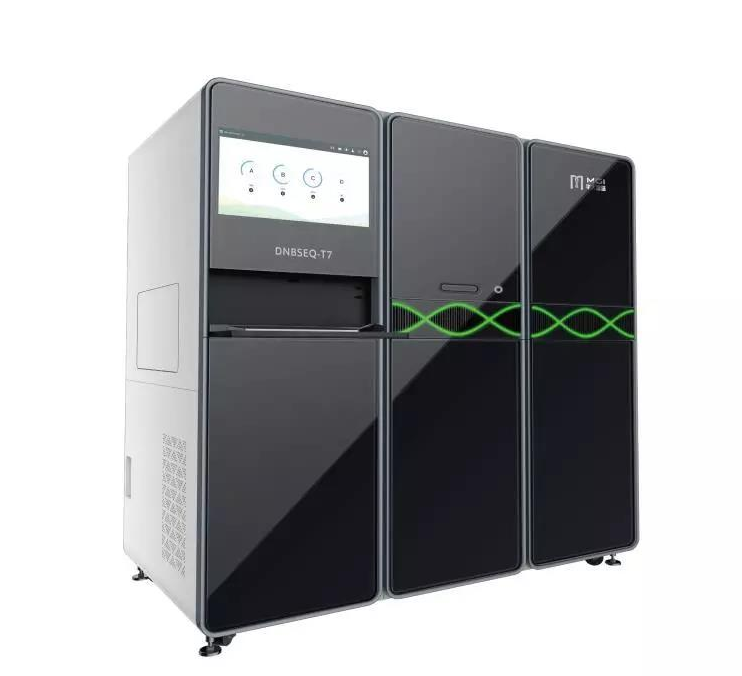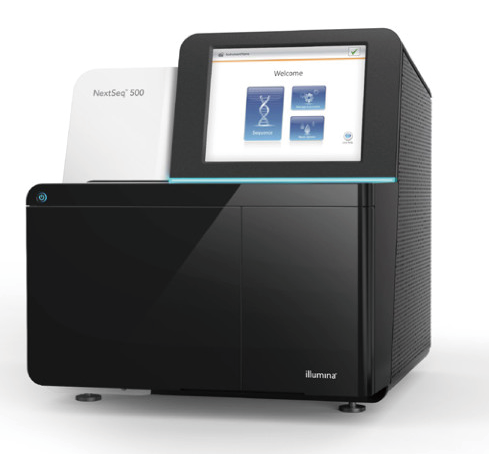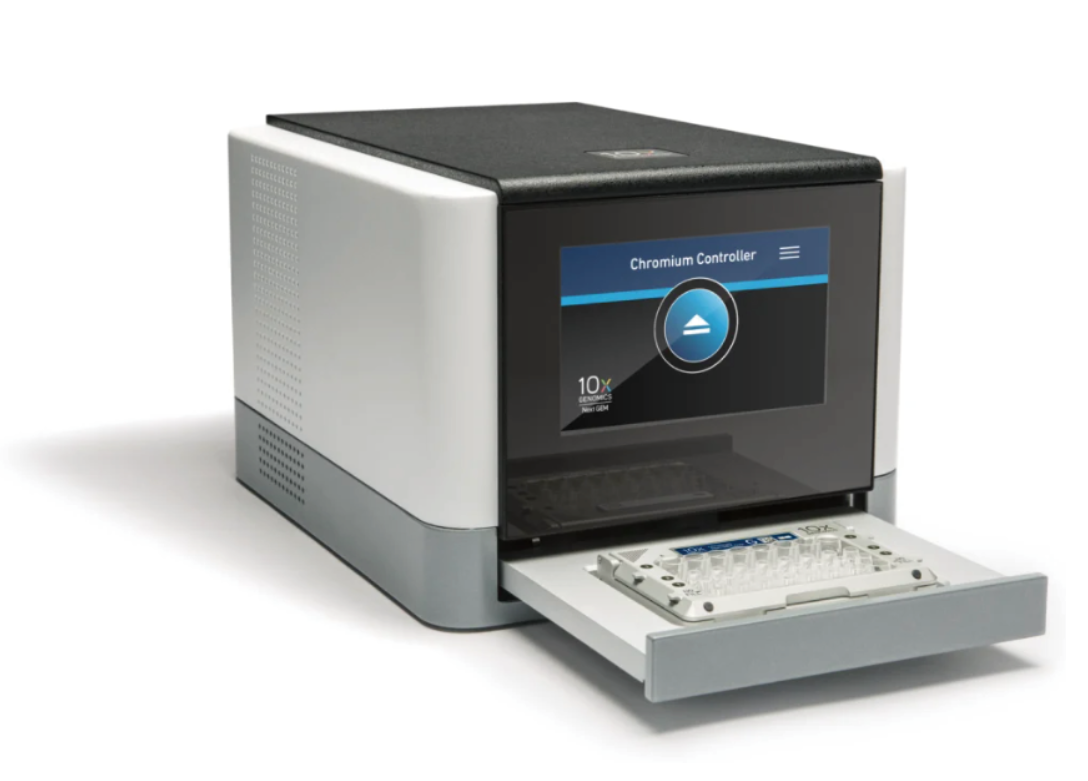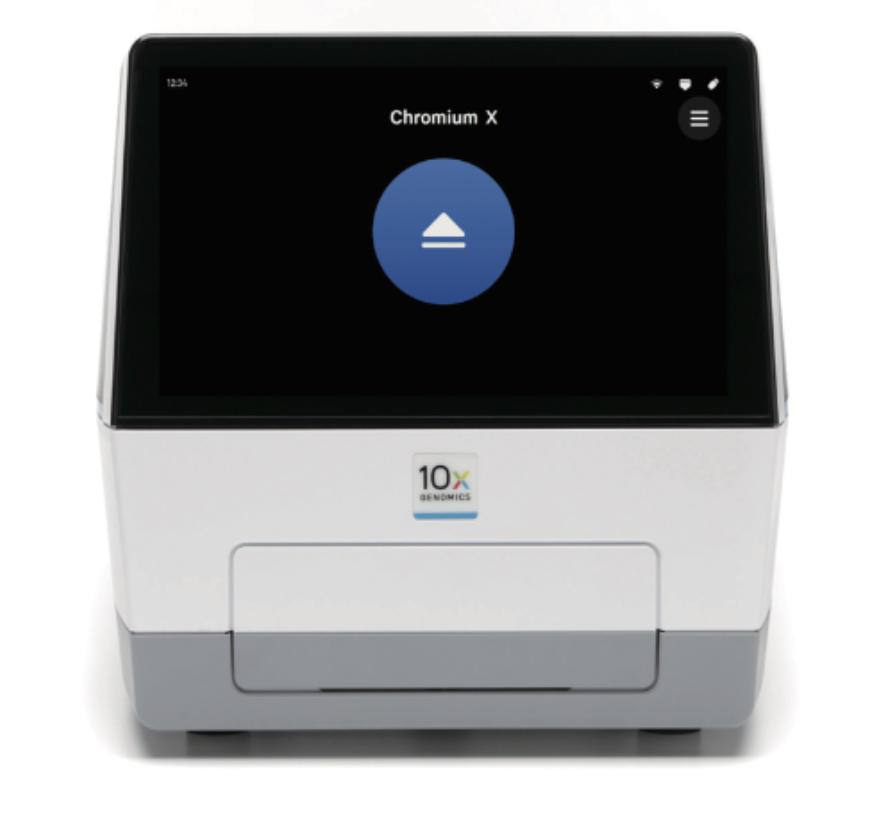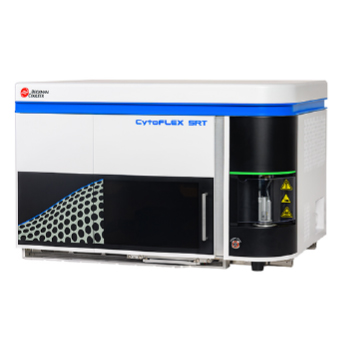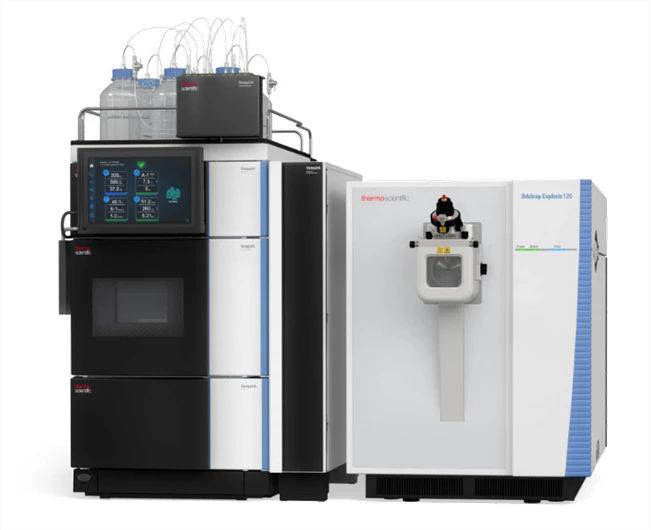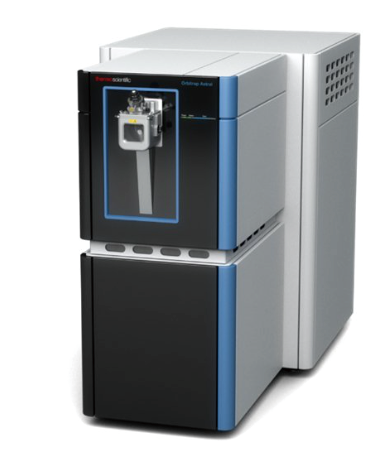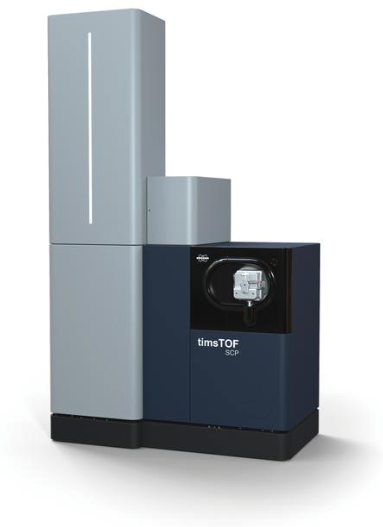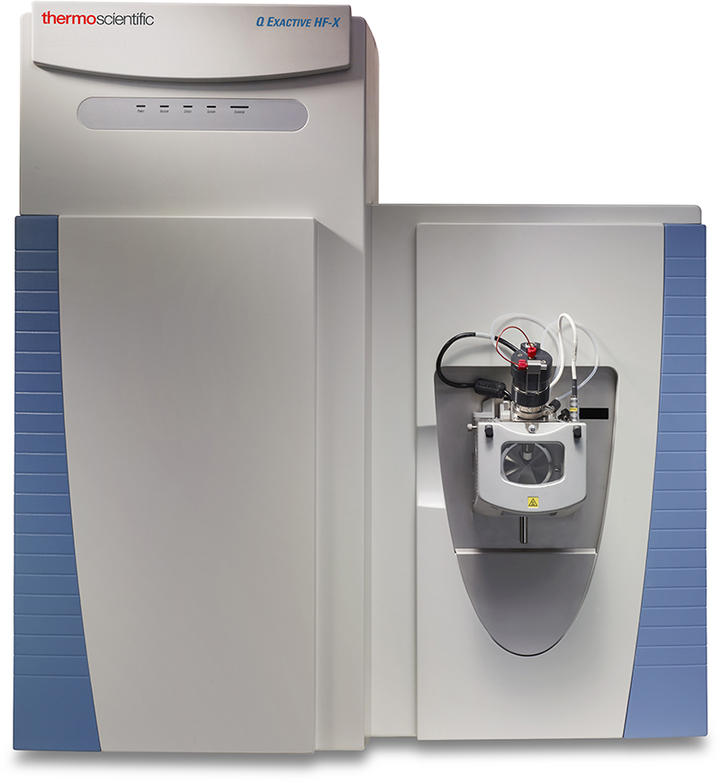Abstract
Haemophilus parasuis is the causative agent of Gl?sser’s disease in pigs. H. parasuis can cause vascular damage, although the mechanism remains unclear. In this study, we investigated the host cell responses involved in the molecular pathway interactions in porcine aortic vascular endothelial cells (PAVECs) induced by H. parasuis using RNA-Seq. The transcriptome results showed that when PAVECs were infected with H. parasuis for 24 h, 281 differentially expressed genes (DEGs) were identi?ed; of which, 236 were upregulated and 45 downregulated. The 281 DEGs were involved in 136 KEGG signaling pathways that were organismal systems, environmental information processing, metabolism, cellular processes, and genetic information processing. The main pathways were the Rap1, FoxO, and PI3K/Akt signaling pathways, and the overexpressed genes were determined and veri?ed by quantitative reverse transcription polymerase chain reaction. In addition, 252 genes were clustered into biological processes, molecular processes, and cellular components. Our study provides new insights for understanding the interaction between bacterial and host cells, and analyzed, in detail, the possible mechanisms that lead to vascular damage induced by H. parasuis. This may lead to development of novel therapeutic targets to control H. parasuis infection.
Keywords
Haemophilus parasuis; porcine aortic vascular endothelial cells; vascular damage; infection




